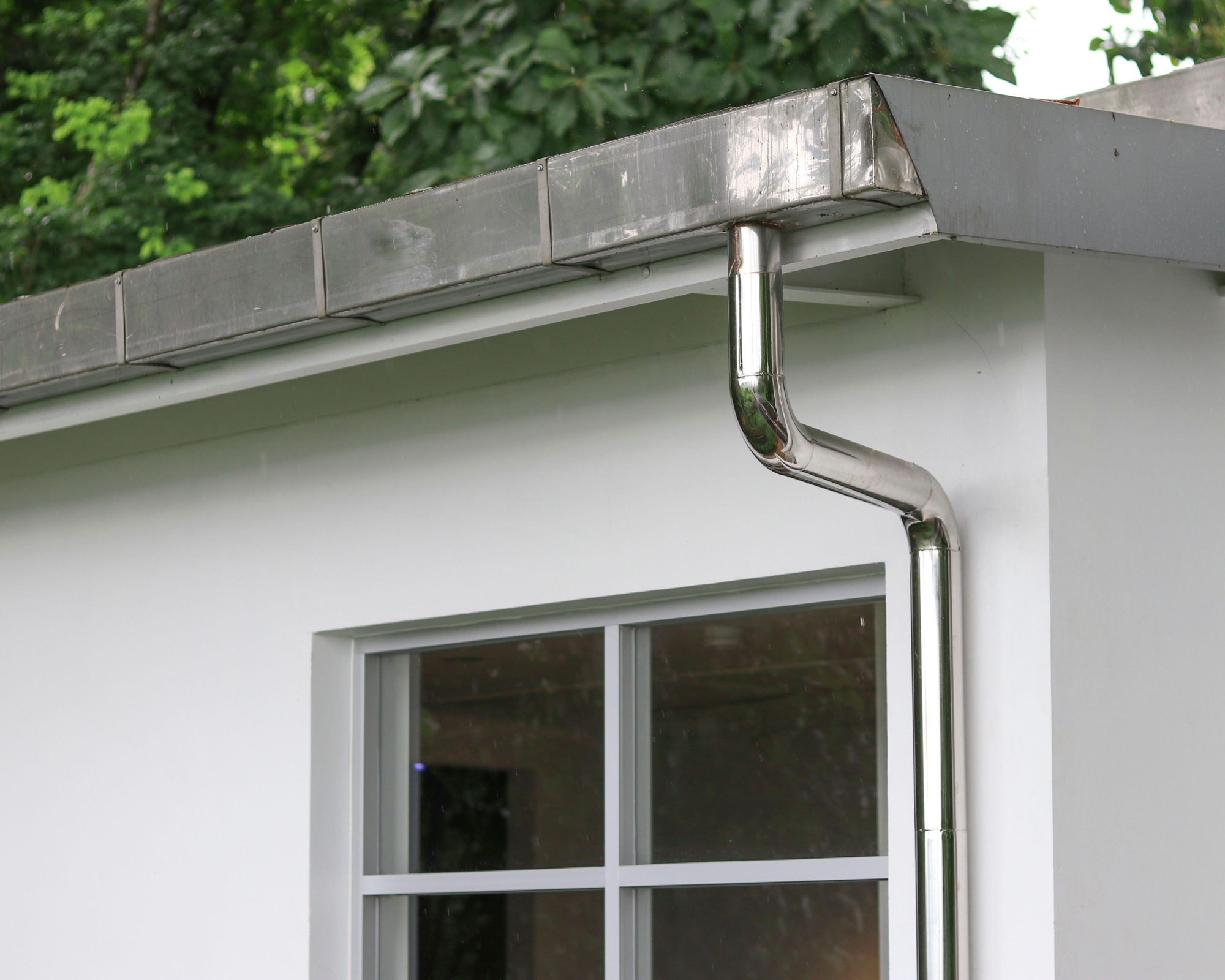

Gutters and downspouts protect your home from water by channeling what flows off the roof during rain away from the structure. When this system goes awry, it’s time to replacement. Let’s look at the cost of gutter replacement and the factors that affect those costs – whether you're installing gutters yourself or with professional help.
How a gutter system works
Gutters are horizontal channels attached to the fascia at the edge of your roof. They slope ever-so-slightly toward the downspouts, which direct the water down to the ground. From there, an extension carries the water away from the foundation of your home. The length of the extensions depends on the slope of your lot and may be above or below grade. Not keeping your gutter system in top condition could result in damage to your home. In fact, Paul Macero, managing partner of MBA Builders in Massachusettes says, 'The number one cause of a wet basement is improper grade and the lack of gutters.'
Factors that impact gutter cost
When you see your gutters leaking or sagging, it may be time to replace them. According to the home services website Angi, the average cost to replace gutters is from $1,600 to $2,200. But many factors affect that cost. They include:
- The condition of the existing system, soffit, and fascia
- The size and architectural style of your home
- What style and type of gutter material you use
- Whether you choose a professional or DIY installation
How to calculate guttering installation cost
The larger your home, the more the guttering system will cost. The material itself is sold by the linear foot. In addition, you add the cost of end caps, hangers or brackets, backsplash, elbows, and downspouts. Bobvilla suggests that to estimate the cost of materials, divide the square footage of your home by 10 and multiply that result by the cost of your material. For instance, if you have a 1,500 square foot home and your materials cost $12 per linear foot, you would calculate as follows:
1,500/10=150x12=$1800According to Macero, this calculation will give you a good “ballpark estimate” but he advises having a buffer in your budget.
Cost of professional guttering installation
If you don’t plan to tackle the installation of new gutters yourself, you’ll need to hire a professional. According to Angi, the cost of labor in the United States averages $75 per hour, depending on your location. Factors that could increase labor cost include:
- Number of stories of the home
- Style and type of material
- Removal costs
- Necessary repairs
Macero mentions that the cost depends on the professional, too. Hiring a handyperson who installs gutters on occasion could cost you more in labor because the job could take them longer to do. “A gutter company is skilled in what they do,” says Macero, “because they do it all the time. They have their system down and all the proper tools. They will get the job done faster.”
Materials costs: pros and cons
The total cost of your gutter replacement depends on the type and style of material you choose. Let’s look at the pros and cons of each of these materials.
Seamless gutters
Seamless gutters require a professional installation, which costs more because they’re fabricated onsite. But, according to Macero, they’re cheaper in the long run because they require less maintenance. To create the gutters, professionals extrude long coils of metal, typically aluminum, through a machine mounted on their truck the exact length needed. Many homeowners prefer seamless gutters because not piecing together shorter sections reduces the risk of leakage and having to repair guttering.
Pros:
- Less likely to leak
- Gives home a sleek appearance
- Requires less routine maintenance
Cons:
- Expensive
- Cannot DIY
- Only available in metal, not vinyl
Metal sectional gutters
Sectional gutters come in several different types of metal—aluminum, steel, and copper—in lengths from 8- to 20-feet. Aluminum is the most popular choice because it’s lightweight and easy to work with. And according to Macero, the most cost-effective. But, it also dents easily. Steel is more durable but can rust over time. And copper, while beautiful, durable, and resistant to organic growth, is costly.
The gutter sections are fitted together along the length of the roof and connected with screws or rivets. The joints are then caulked to prevent leakage. Sectional gutters are available in a K- or U-style, which denotes their shape. U-style gutters are the more traditional shape and are typically chosen for period homes. The K-style emerged around 1950 and holds more water than the U-style gutter. According to Macero, 'aluminum K-style gutters give you the most bang for the buck.' Metal gutters also come in several color options, although you’ll pay a little more for colors other than white.
Pros:
- Less expensive than seamless gutters
- Lightweight
- Available in multiple colors and materials
- If damaged, a section can be removed and replaced
- Easy to install and DIY friendly
Cons:
- Seams and corners can leak
- Shorter lifespan than seamless gutters
Vinyl sectional gutters
Some homeowners prefer the look and color options of vinyl sectional gutters. If your home has vinyl siding, the chances of coordinating colors is more likely.
- Lighter than metal
- More color options
- Will not rust
- Resists scratches, dents, or dings
Cons:
- Will grow mold and mildew
- Not as durable as metal
- Break down in the UV rays leaving a chalky finish
- Not recommended for cold climates as the freeze/thaw cycle could cause cracking
Besides the cost of labor and materials, there are a few other things to keep in mind which may drive up the cost of your gutter installation. As with every home construction project, it’s wise to add a buffer into the budget for these unforeseen expenses.
Additional costs to consider
- In some areas, removal of the old material will add to the cost. However, you may recycle it for a small profit.
- Gutter guards or screens protect your gutters from leaf and debris build-up. Adding this type of accessory to your gutters will drive up the cost.
- If removal of the old gutters reveals water damage to the home, the repairs will add to your budget.
- A large home that has an expansive roof will require a wider, more expensive gutter to handle the water flow.
Gutters are the first line of defense your home has against water damage. If they leak, sag, or otherwise need attention, you want to make sure you clean gutters when needed and carry out any necessary repairs or replacements before the damage gets more costly. Depending on your budget, invest in the best materials for the style of your home that will eliminate any future problems and expenses.
Join our newsletter
Get small space home decor ideas, celeb inspiration, DIY tips and more, straight to your inbox!
Carol J. Alexander writes website copy, blog posts, and feature articles on home remodeling and construction topics from her home in the Shenandoah Valley of Virginia. In addition to Real Homes, notable clients include, This Old House, Family Handyman, and Florida Roofing magazine.
-
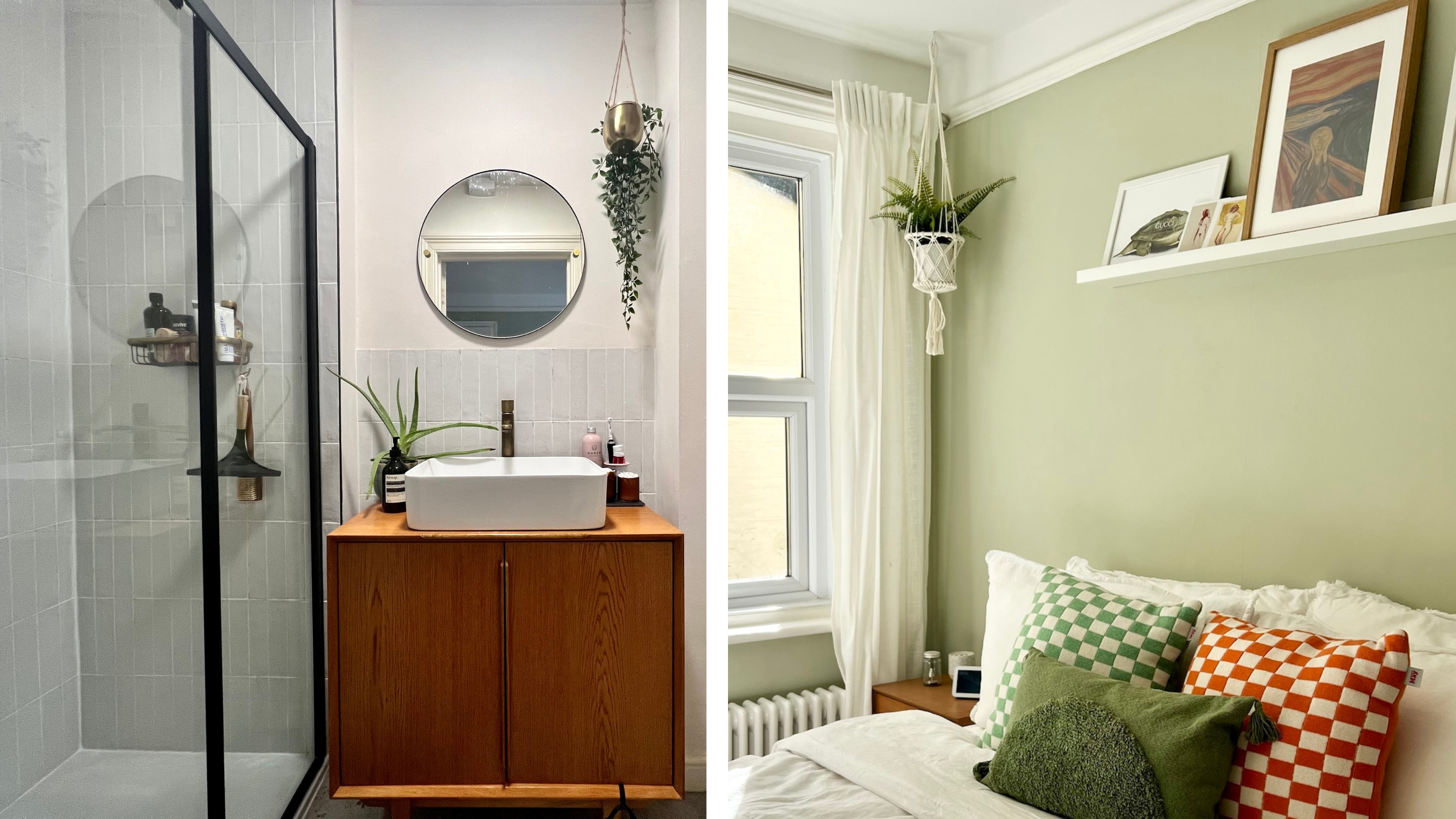 My first apartment makeover: 5 renovation mistakes I learned the hard way, and how you can avoid them
My first apartment makeover: 5 renovation mistakes I learned the hard way, and how you can avoid themThese are 5 things to avoid in your apartment makeover. Trust me, I learned these the hard way during my first renovation project
By Luisa Rossi
-
 Share your small space glow up to win $150 in the Real Homes competition
Share your small space glow up to win $150 in the Real Homes competitionShow off your creativity and DIY skills to win $150 and for the chance to be featured exclusively in Real Homes magazine
By Camille Dubuis-Welch
-
 My DIY range hood and backsplash build gave my kitchen the perfect farmhouse finish
My DIY range hood and backsplash build gave my kitchen the perfect farmhouse finishI craved charm in my kitchen space and adding a custom range hood and shelving was the best move.
By Brooke Waite
-
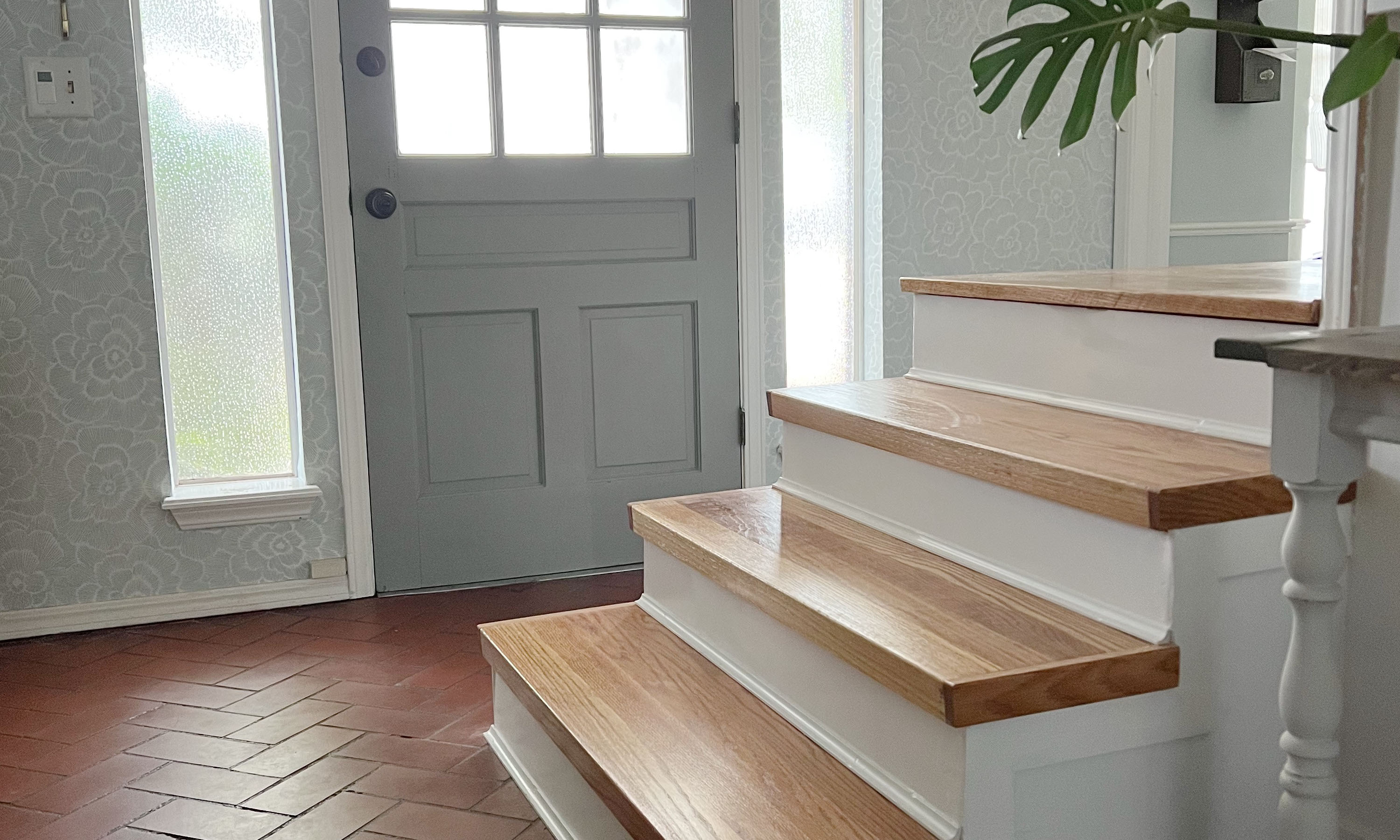 How to convert carpeted stairs to wood treads: a 5-step DIY
How to convert carpeted stairs to wood treads: a 5-step DIYConvert old worn-out carpeted stairs to wood treads DIY for a beautiful finish that will last for years to come. Plus, this stair riser project will cost a fraction of the price to pay a pro!
By Dori Turner
-
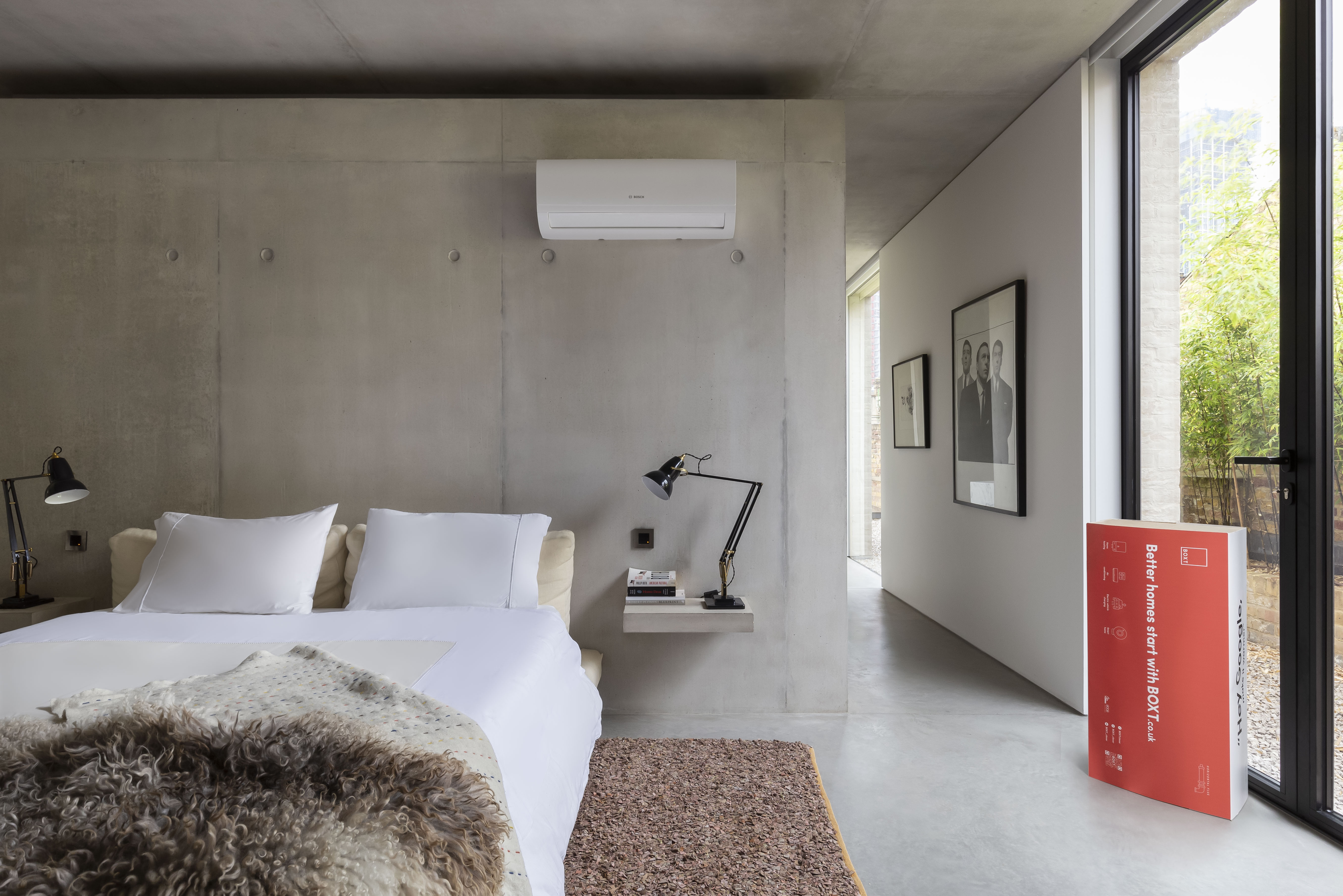 AC not working? Here are 8 things to check ASAP according to industry experts
AC not working? Here are 8 things to check ASAP according to industry expertsYour AC may not be working because the filter is clogged or you've got a tripped circuit breaker. Whatever the issue, getting to the root of the problem will lead to quicker solutions
By Camille Dubuis-Welch
-
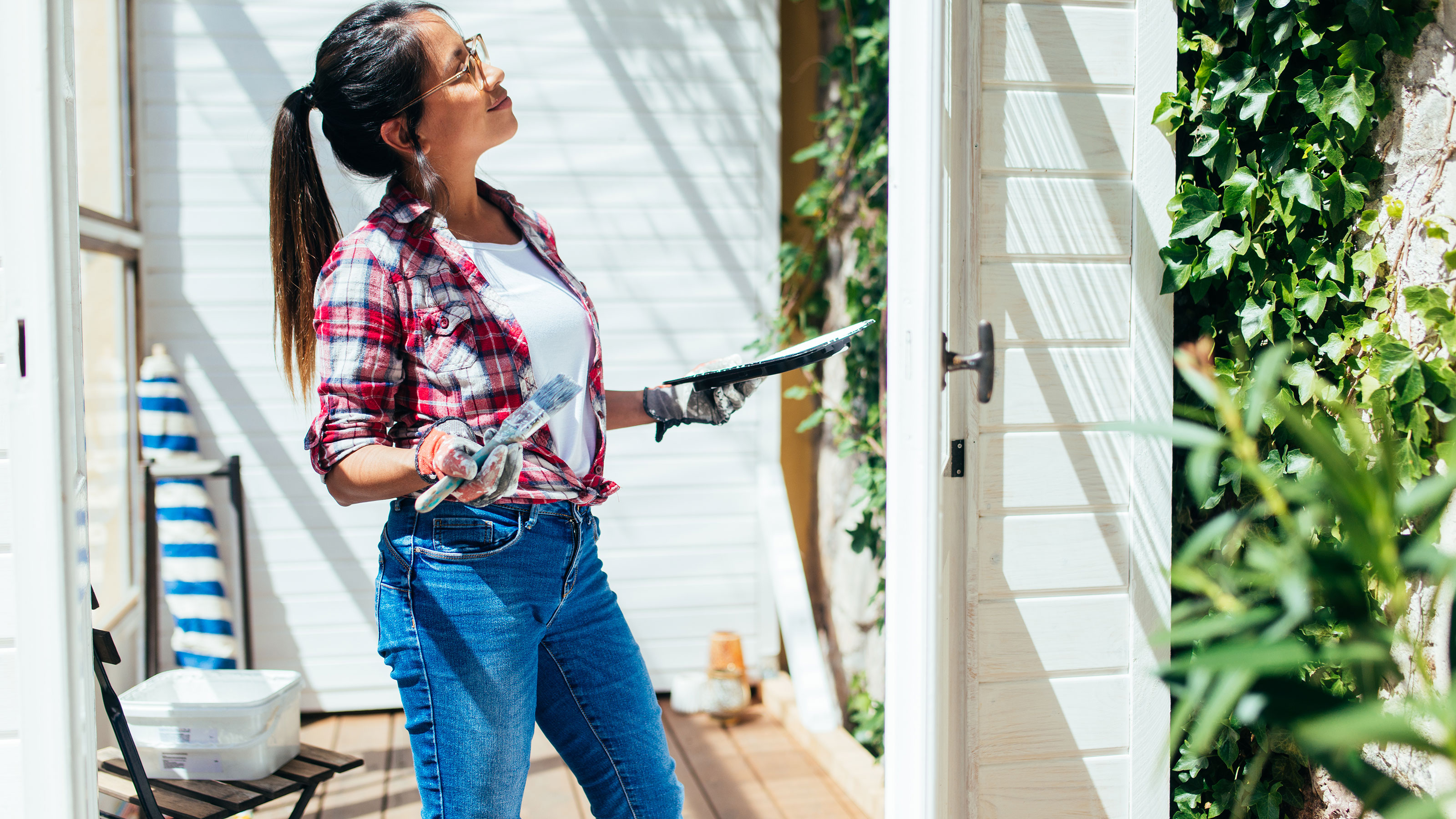 3 DIYs you should NOT do in a heatwave
3 DIYs you should NOT do in a heatwaveYou shouldn't clean windows on a hot day, you just shouldn't
By Camille Dubuis-Welch
-
 HGTV home renovator shares the most essential home repair you can do
HGTV home renovator shares the most essential home repair you can doHGTV's hottest renovator Carmine Sabatella debunks why this basic home maintenance job should not be forgotten
By Camille Dubuis-Welch
-
 15 telltale signs you're dealing with a cowboy builder and how to avoid them
15 telltale signs you're dealing with a cowboy builder and how to avoid themA cowboy builder is easy to spot, when you know the telltale signs. Here's how to avoid one so you don't end up out of pocket with a poor or even unfinished home reno job
By Lucy Searle